"Hard work, integrity, responsibility, and dedication have always been values the Van Dyke family has leaned on. So when we farm, it's no different, and it shows in the quality of our rice. Because with us, perfection isn't just our name it's our expectation."
– Greg Van Dyke, President / Kanpeki Rice
The Family Farm
Located 23 miles north of Sacramento, Pleasant Grove provides the perfect setting for the Van Dyke's to grow their rice. Each kernel of Kanpeki is grown from nutrient rich soil and matures in the warm Mediterranean climate of the Southern Sacramento Valley.
Since then, they have managed every step of their rice production from initial soil preparation, farming, harvesting, storage and transportation. After five generations, Kanpeki Rice is the pinnacle release of their award winning, family grown rice. Meaning "perfection" in Japanese, the Van Dyke's chose the name Kanpeki because they believe it best represents the essence of their rice.
The Van Dyke Eco•Perfect Approach
Reduction in Water Usage
Through planting methods such as a mid-season drain, dry seeding, and alternate wet drying Kanpeki Rice saves water usage by roughly 200,000 gallons of water per acre.
—
Low Greenhouse Gas Intensity
In addition to water reduction, dry seeding and mid-season drain practices also aid in reducing the intensity of greenhouse gases produced by the Kanpeki Rice crop.
—
Improved Soil Health
By reducing nitrogen application and incorporating thousands of tons of organic bio-mass back into the soil, Kanpeki Rice is proud to participate in regenerative agriculture practices that enhance the health of their soil.
—
Participation in Wildlife Conservation
By adding a few inches of water in the winter, Kanpeki Rice fields help provide food and a resting place for nearly 230 wildlife species flying through the Pacific Flyway.





